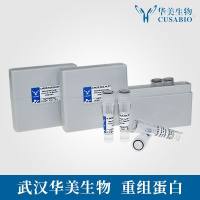The lipidome of skeletal muscles is a worthwhile target of research, as it affects a multitude of biological functions, and is, in turn, affected by factors such as diet, physical activity, and development. We present two methods for the analysis of the main lipid classes in skeletal muscles of humans and other animals, that is, triacylglycerols and phospholipids. The methods differ in that the former concerns total phospholipids, while the latter concerns individual phospholipids. In both methods, lipids are extracted from muscle after the addition of internal standards, and they are separated by one-dimensional (1D) thin-layer chromatography (TLC). This is sufficient for the separation of triacylglycerols and total phospholipids. In the first method, the two classes are subsequently subjected to methanolysis to produce methyl esters of fatty acids (and, to a lesser extent, dimethyl acetals of fatty aldehydes derived from plasmalogens), which are analyzed by gas chromatography (GC). Quantitation is achieved on the basis of the internal standards. In the second method, 1D TLC is used for the analysis of triacylglycerols only, whereas individual phospholipids are separated by two-dimensional TLC. This results in the isolation of phosphatidyl choline, lysophosphatidyl choline, phosphatidyl ethanolamine, phosphatidyl serine, phosphatidyl inositol, cardiolipin, and sphingomyelin. Methanolysis and subsequent analysis by GC results in the determination of the fatty acid and aldehyde profiles of the individual muscle phospholipids.






